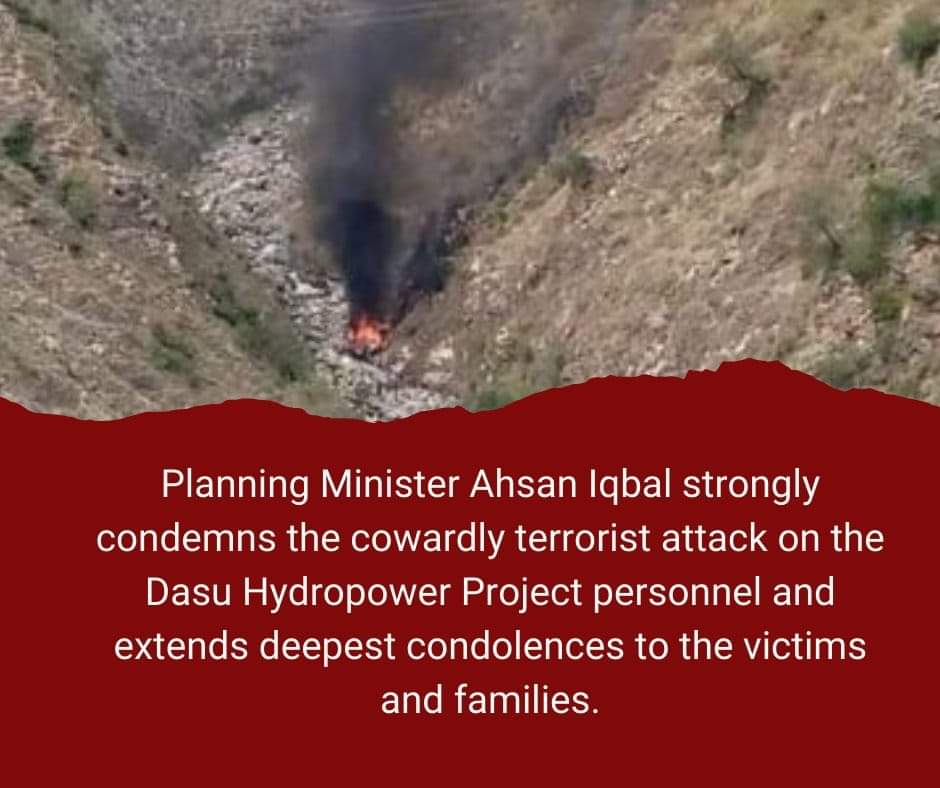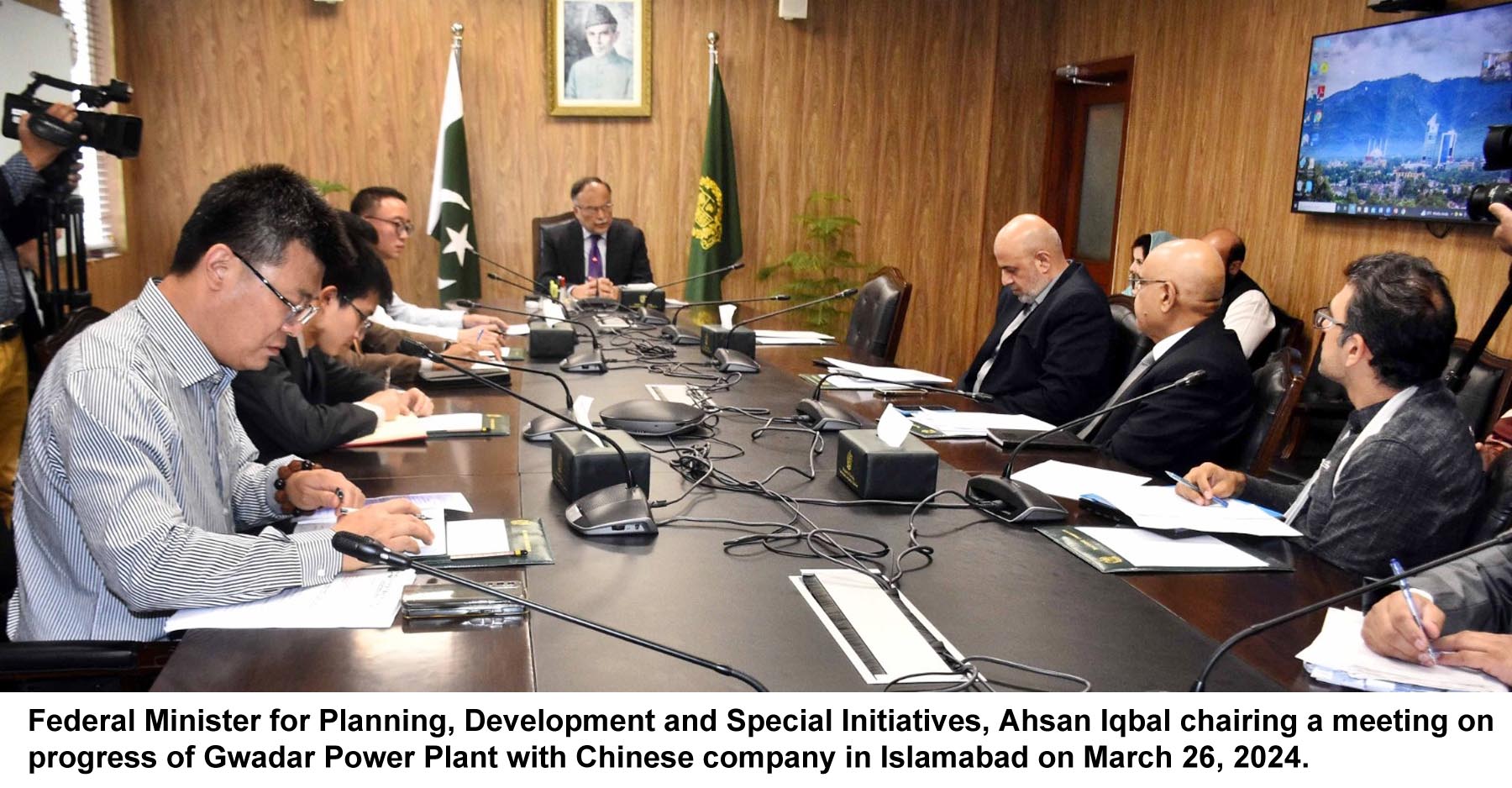ISLAMABAD, November 23, 2019: Commenting on the speech on CPEC by a US diplomat, spokesman of the Ministry of Planning and Development has stated that the views are based on wrong analysis and incorrect assessment of the facts.
Major share of CPEC investment are allocated to energy projects. It is worthwhile to note that all the energy projects are in IPP mode and thus bearing no financial liabilities on the Government of Pakistan. For infrastructure projects, the amount is USD 5.8 billion and that too concessionary loan at 2.34% with tenor of 25 years. Similarly, CPEC outflows are spread over 20-25 years, starting from 2021, with an option of even further deferral thus putting Pakistan in much better position in terms of repayments. IMF officials during the last visit also endorsed the factual stance by stating that they had full access to borrowing and maturity terms of the China-Pakistan Economic Corridor (CPEC) projects and its loans were manageable.
Regarding employment opportunities in the infrastructure development phase, primary data collected from 12 projects under CPEC revealed that of 81,121 total workforce in these projects, more than 90% are Pakistani workers.
Elaborating further, the spokesman stated that the first phase of CPEC focused on laying the foundations of development through creation of physical infrastructure and overcoming the energy deficit, vital for the growth of every economy. The thrust in the current phase is industrial and agricultural cooperation. Nine SEZs have been prioritized, three of which are on fast-track development. Ground breaking of Rashakai would be taking place by the end of this year. Export oriented and import substitution industries not only from China rather businesses and capital from all over the world would be attracted through special incentive investment packages which would be announced soon. Employment would be generated not only in the industrial relocation and JVs but also through agriculture growth and agri-exports.
In short, CPEC projects are not adding to the woes of the country in terms of debt burden. Its share in the overall debt is less than 6% whereas its contribution to socio-economic development is promising. By removing the energy and infrastructure bottlenecks in its first phase and now gearing up to kick start industrialization through special economic zones, social sector development through Chinese grants in addition to improving service delivery in various sectors including tourism, CPEC will prove to be a platform for Pakistan’s path to development and symbol of shared growth for others to emulate.





